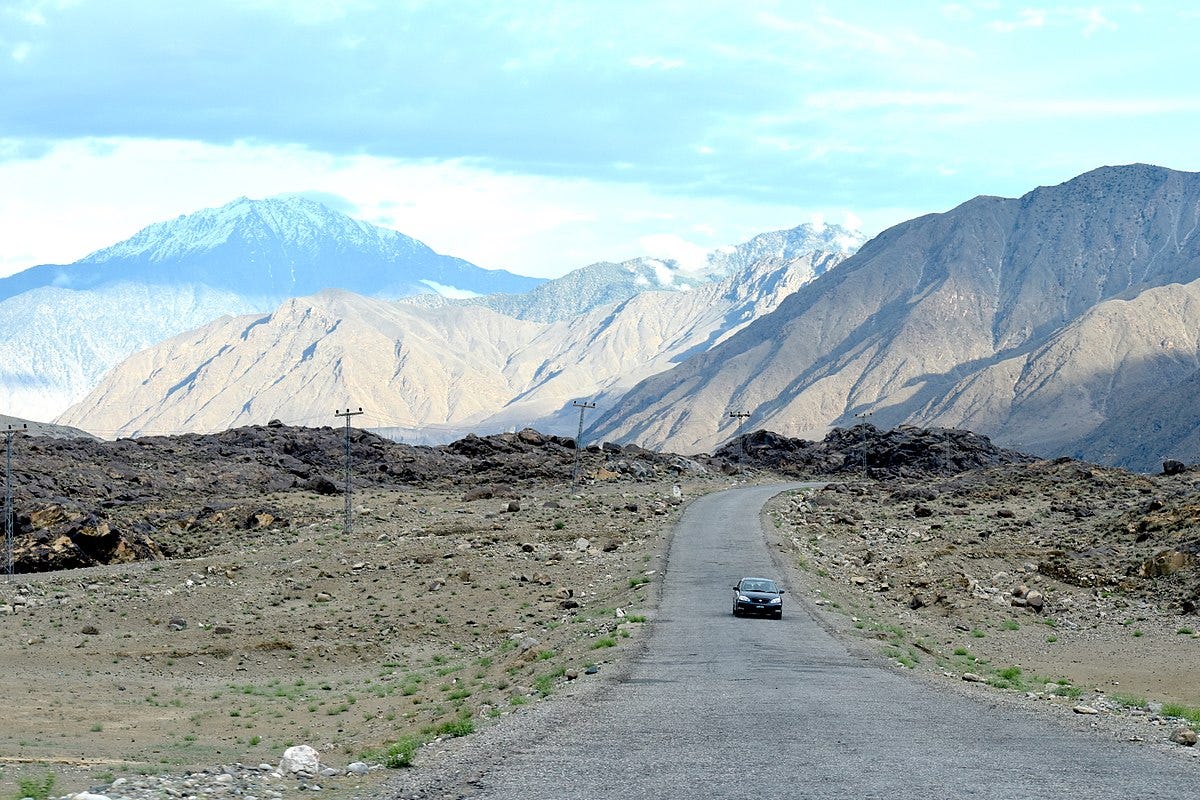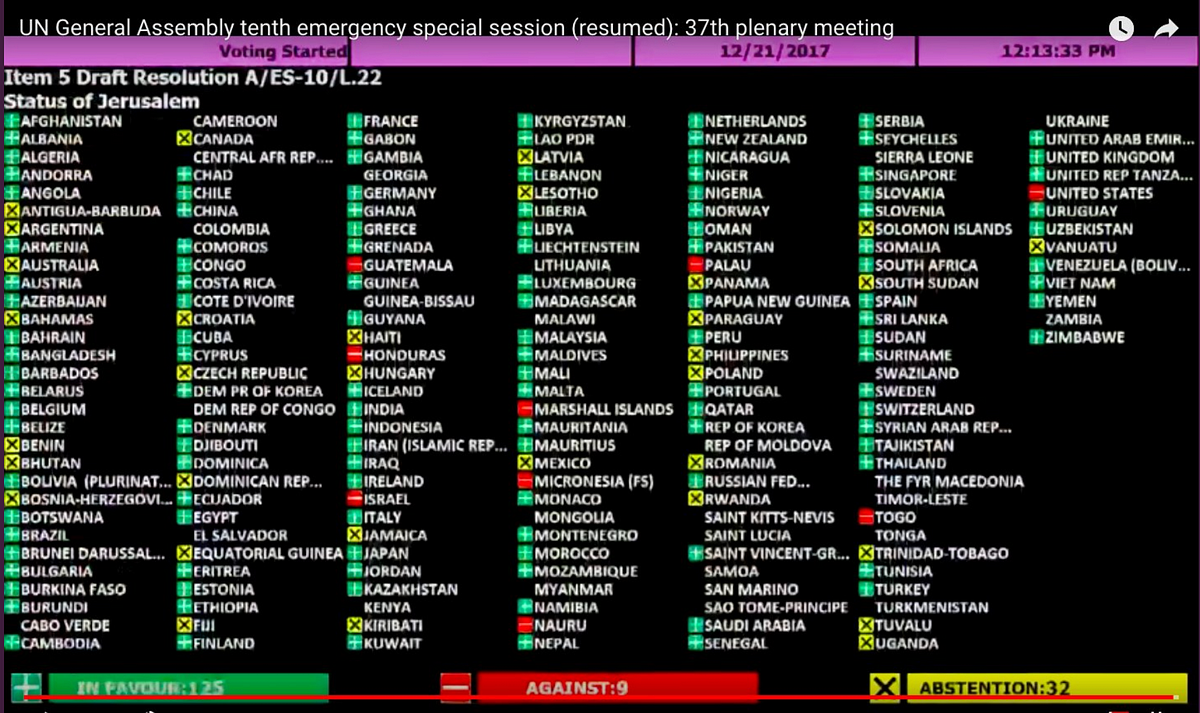Ni hao! Welcome to Eye on China, a weekly bulletin offering news and analysis related to the Middle Kingdom.
I. The Lead:
1. ‘Xiconomics’ takes shape: The three-day Central Economic Work Conference ended on Wednesday. More than 400 officials, from key party members to provincial governors and executives from state-owned firms and financial institutions, attended the conference. The annual, closed-door meeting sets the direction for economic policy for the coming year. Here’s what we’ve got this time around:
The affirmation of Xi Jinping Thought on Socialist Economy with Chinese Characteristics for a New Era as China’s development philosophy.
A statement that China’s GDP growth rate over 5 years has been 7.1% and that now it is home to the world’s largest middle income population.
The three tough battles: Major (financial) risks, Pollution control, poverty reduction will be key priorities over the next 3 years.
No mention of a GDP target, while the development emphasis has shifted from rapid growth to high-quality development. China must, therefore, create the indicators, policies, standards, statistical and performance assessment systems that can push ahead high-quality development.
China will seek balanced trade by increasing imports, cutting tariffs on select goods, inviting more foreign investment and guiding investors via negative lists and enhance IPR protection.
Efforts will be made to enhance people’s well-being via focus on problems related to childhood education, employment, pension insurance, medical treatment and online scams.
Housing market reforms, supply side structural reforms (i.e., focus on Created in China, reforms in resource allocation, cutting zombie enterprises, supporting innovative enterprises, targeting investments that impact the real economy, reducing administrative, government and logistics costs) will be undertaken.
A prudent, neutral monetary policy will be adopted, i.e., possible liquidity squeeze, not too many fluctuations in the yuan and cutting down on debt, particularly local government debt.
2. Trump’s National Security Strategy: As it had been widely reported, US President Donald Trump’s National Security Strategy declared China as a “revisionist” power, which along with Russia, was challenging “American power, influence, and interests, attempting to erode American security and prosperity.” Here’s a quick cheat-sheet:
The document charges China with following unfair trade practices, violating intellectual property rights, exporting its “state-driven” economic and authoritarian model, militarizing islands in the South China Sea and using investments to undermine the sovereignty of other states.
It claims to want to counter China’s growing influence by promoting “a development model based on free market principles, fair and reciprocal trade, private sector activity, and rule of law.”
It identifies the Indo-Pacific as a key region for US-China competition. You can find the relevant aspects on the Indo-Pacific in this Twitter thread.
It pledges to “help South Asian nations maintain their sovereignty as China increases its influence in the region” and “encourage India to increase its economic assistance in the region.”
Beijing’s response to the document has been:
to call on Washington to “abandon the Cold War mentality and the outdated concept of zero-sum game.”
to urge the US to give up hegemonic designs and get accustomed to China’s development and accept it.
3. Escalations with Taiwan: There has been a steady increase in tensions between Beijing and Taipei. At least twice this week, Chinese military jets — including reconnaissance jets, electronic warfare aircraft and transport planes — have crossed the first island chain. In response, Taipei says it will scramble jets and missiles if needed to counter Beijing’s moves.
Meanwhile, the two sides also clashed this week over Spain’s extradition of 121 Taiwanese accused of fraud to the mainland. Along with that, raids carried out by Taiwanese investigators against members of the pro-Beijing New Party have heightened frictions. Also, there is this rather intriguing storyabout Taiwan and the PRC’s differing perceptions over a legislation to remove all tributes to Chiang Kai-shek.
While talk of use of force by the mainland is premature, Beijing’s concernsabout the US and Tsai-led DPP government’s actions are evident.
4. China-ROK dejavu — Chinese jets entered South Korea’s ADIZ on Monday and then Beijing officially termed Seoul’s response as “interference from foreign warplanes.” That was followed by China renewing its ban on tour groups from South Korea and an incident wherein South Korea’s coast guard said it fired 249 shots to warn a group of Chinese fishing boats “swarming around” one of its patrol ships in its waters. This FT piece captures the sudden dip in Sino-ROK ties just when it seemed like a rapprochement was beginning.
Meanwhile, Moon Jae-in is proposing suspension of military drills with the US until after the PyeongChang Winter Olympics scheduled for February 2018. He also wants athletes from the North to attend the Games. Could this be an olive branch that Beijing pitches as an acceptance of its “suspension for suspension” proposal?
Other Reads:
8. China Announces New Goals for Ambitious Clean Air Campaign — Sounds great, but announcement doesn’t mean effective implementation, as is evident by current gas shortages during winter. These have forced heating to be switched off at gov’t buildings in Changsha; public transport has been hit; trucks being rented to transport gas to the north and re-exports are underway and tankers are diverted to China.
9. Sino-Japan ties: Japan approves installation of two land-based missile defence systems + Abe vows to raise Sino-Japanese relationship to “new stage” + Japan to procure two destroyers to monitor China’s maritime activities
11. Sino-Vietnam ties: Vietnam Follows Beijing With South China Sea Upgrades of Its Own — Chinese media response is here
II. Indian Interest:
Special Representatives meeting: Chinese state councillor Yang Jiechi and Indian NSA Ajit Doval will meet in New Delhi on Friday for the 20th round of the Special Representatives-level talks on border issues. This is first SR-levels talks since the end of the Doklam standoff. It’ll be interesting to note if there is any mention of tri-junctions in official statements after the talks.
Meanwhile, this piece in the Quint claims that the meeting will also focus on a possible deal that sees China agree to India’s NSG membership in exchange for India joining BRI.
If indeed there is such a deal on the cards, its success depends on how it is structured. India has repeatedly indicated that it is not averse to BRI if its concerns (predominantly sovereignty issues related to CPEC) are met. China has offered (with frequent vacillation) to address these by renaming and re-routing CPEC. How it does the former after having put out the CPEC LTP this week remains to be seen. Without something substantial offered on the sovereignty concerns, I think such a deal would be a tough one for the Modi government to sell at home.
In the meantime, the two sides are continuing to spar over designating Mazood Azhar as a global terrorist at the UN.
Other Stories:
4. India cozies up to Taiwan in foolish move — Global Times gets angry.
7. Doklam standoff leads China to cover loopholes in western part — Do readthis report on interaction between Chinese and Indian academics/experts at a recent Global Times forum. The tone adopted by PLA affiliated folks is very different from that by Chinese academics/diplomats.
8. India-Myanmar ink MOU on Rakhine State + India-ASEAN cooperation not influenced by any third country
9. Nepal post polls: Xi likely to visit Nepal in March 2018 + Modi speaks to Nepal’s political leaders
10. India-Maldives-China: Anti-India editorial in Maldives paper sparks political row + External Affairs Ministry response
III. Belt & Road:
 CPEC Long Term Plan: As announced, the CPEC Long Term Plan was made public this week. The full plan document can be accessed here; and a detailed news report on the plan here. Meanwhile, here’s a very short cheat-sheet, which indicates that there is still a lot of specific information that is still unclear.
CPEC Long Term Plan: As announced, the CPEC Long Term Plan was made public this week. The full plan document can be accessed here; and a detailed news report on the plan here. Meanwhile, here’s a very short cheat-sheet, which indicates that there is still a lot of specific information that is still unclear.
The plan is effective till 2030, involving short term (2020), medium-term (2025) & long term projects (2030).
The plan is a “live document,” which is to be reviewed every two years.
It lays stress on “improvement of people’s livelihood” as “the top agenda.”
It identifies 7 key cooperation areas, i.e., connectivity, ICT, energy, tourism, agriculture, people’s livelihood/NGO exchanges and financial cooperation.
In doing so, the plan avoids identifying individual projects or timelines. It, however, calls for setting up a “database on major projects” which it says will provide real time updates and “a goal assessment mechanism.”
In addition, Pakistan says that it is “examining the use of RMB instead of the US dollar for trade between the two countries.”
Other Reads:
2. What Happened On China’s New Silk Road in 2017 — Good year-end wrap.
IV. Military Matters:
1. PLA raises awareness of spying attempts: A report in the PLA Daily warned soldiers to be on guard with regard to possible espionage attempts. The report comes in the wake of what it says was one such attempt in the PLA’s Northern Theater Command. It says, some unspecified persons claiming to be a senior officer and someone attached to an officer contacted the Northern switchboard, asking to be connected to some departments and inquired about some confidential information on the units and their combat readiness. This piece offers more information.
Other Reads:
6. New transport planes boost PLA abilities — The Y-9 can be deployed in tough environments, including in bad weather, thanks to its adaptability.
7. Do read: PLA to make new strides in new era
V. Beijing’s Take:
O Jerusalem!: China is hosting an Israeli-Palestinian peace symposium this week. According to China’s foreign ministry, Ahmed Majdalani, member of the Executive Committee of the Palestinian Liberation Organization, and Yehiel Bar, the Deputy Speaker of the Knesset, will head the two delegations. This is the third time since 2006 that such an event is being held in Beijing. However, it assumes greater significance this time around, given Donald Trump’s December 6th decision to move the US embassy in Israel to Jerusalem.
 The breakdown of the UNGA vote on the Jerusalem resolution.
The breakdown of the UNGA vote on the Jerusalem resolution.
China’s position on that announcement has been to reiterate its 4-point proposal and support for the two-state solution. Beijing views the Israeli-Palestinian issue as the “core” issue in the Middle East. It was therefore in support of the Egypt-drafted UNSC resolution, which the US vetoed earlier this week. China also voted for the UNGA resolution, which resulted in an overwhelming rebuke for the US.
Over the years, China’s standing in the region has enhanced significantly. But that doesn’t mean that Beijing is in a position to assume the role of the chief power broker there. It simply doesn’t possess the hard and soft power leverage that is needed for that task. Moreover, strategically, while China has made proposals, it hasn’t spent any serious diplomatic energy to follow up on or push them. Clearly, the Middle East peace process is not a diplomatic priority. In fact, by and large, Beijing’s policy towards the region remains motivated by a certain fixed set of drivers and goals.
Energy Security — China is the largest importer of oil from Middle East and North Africa region.
Belt and Road: It seeks support and stability to push ahead with BRI projects, particularly to pursue the China-Central-West Asia Economic Corridor.
Stability for trade and investments: China is the largest exporter to the Middle East and North Africa region. It is also keenly investing in infrastructure projects in the region and is eyeing rebuilding projects in places like Syria.
Terrorism/Domestic considerations: China’s desire for stability in the region also stems from concerns that further conflict and Islamist terrorism could lead to greater complications with the Uyghur Muslim population at home.
No comments:
Post a Comment